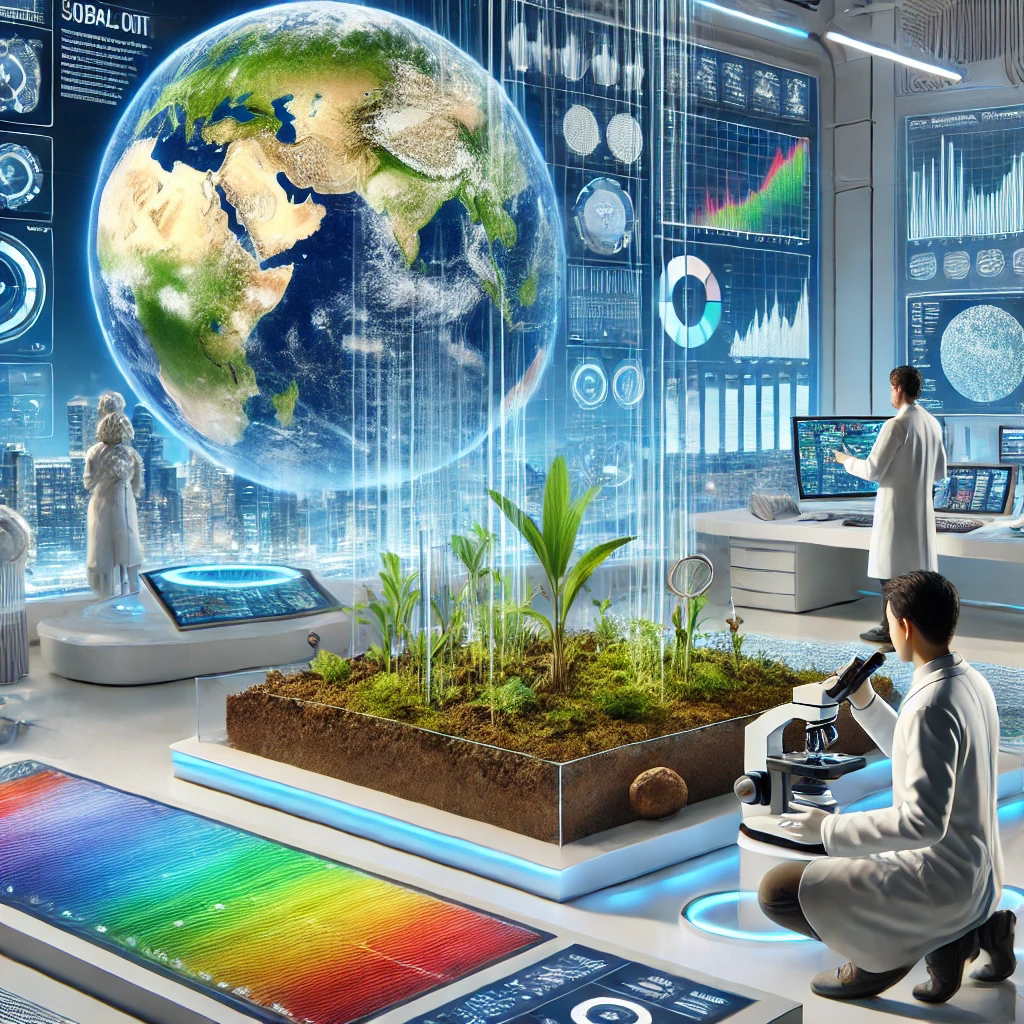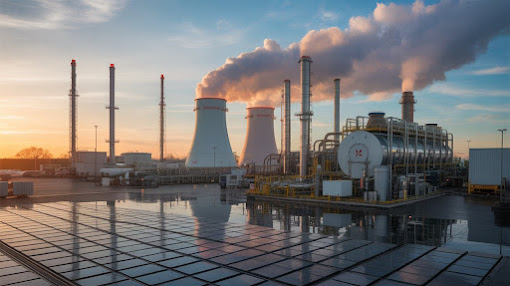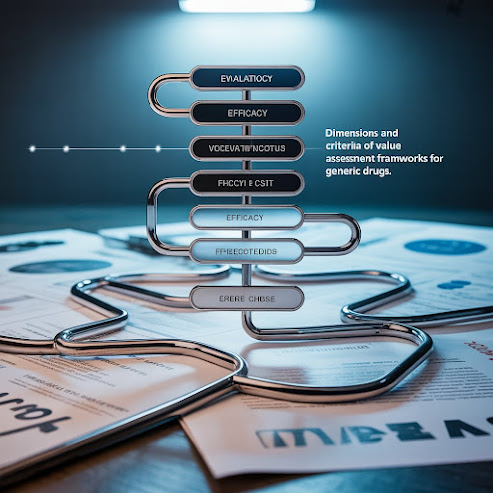Spectroscopic solutions for generating new global soil information
🌍 Spectroscopic Solutions for Generating New Global Soil Information 🌱🔬
Soil is the foundation of our planet’s ecosystems, supporting agriculture, biodiversity, and climate regulation. However, traditional soil analysis methods can be time-consuming and costly. Enter spectroscopy – a revolutionary, non-destructive technique that is transforming the way we collect and analyze soil data on a global scale! 🚀
📡 What is Spectroscopy?
Spectroscopy involves using light waves to analyze materials. When applied to soil, it can rapidly detect and measure organic matter, nutrients, moisture, and mineral composition without the need for excessive lab work! 🌾✨
🌏 Why is Spectroscopy Important for Global Soil Information?
With climate change and food security challenges on the rise, we need fast, accurate, and scalable ways to monitor soil health. Spectroscopy provides:
✅ Rapid Data Collection – Analyze thousands of samples in record time! ⏳
✅ Non-Destructive Testing – No need for chemical extractions! 🚫🧪
✅ Cost-Effective Analysis – Reduces the need for expensive lab procedures! 💰
✅ Global Soil Mapping – Helps build a real-time soil database accessible worldwide! 🌐
🔬 How is Spectroscopy Used in Soil Analysis?
Different spectroscopic techniques can provide valuable insights into soil health:
- Near-Infrared Spectroscopy (NIRS) 🌈 – Detects organic matter and nutrients efficiently.
- Mid-Infrared Spectroscopy (MIRS) 🔥 – Offers detailed chemical composition analysis.
- X-ray Fluorescence (XRF) 💡 – Identifies elemental composition in soils.
- Hyperspectral Imaging 🛰️ – Provides large-scale soil mapping through satellite data.
🌿 Applications in Agriculture & Environmental Science
With spectroscopic soil analysis, farmers and environmental scientists can:
🌾 Optimize crop yields by understanding soil fertility levels.
💧 Improve water management by analyzing soil moisture.
🌳 Support reforestation projects with better soil data.
♻️ Enhance carbon sequestration efforts for climate change mitigation.
🚀 The Future of Global Soil Information
Advancements in AI-powered soil analysis, remote sensing, and machine learning are making spectroscopy even more powerful. Scientists worldwide are working towards a unified global soil database, enabling sustainable land management and precision agriculture! 🌍💡
📢 Final Thoughts
Spectroscopy is revolutionizing global soil information collection, making it faster, more affordable, and more accessible. As technology evolves, this method will play a crucial role in ensuring healthy soils for future generations. 🌱💚
#Phenomenology#ResearchAwards#
Twitter: https://x.com/compose/post
Instagram: https://www.instagram.com/
Pinterest: https://in.pinterest.com/
Blogger: https://phenomenological21.




Comments
Post a Comment